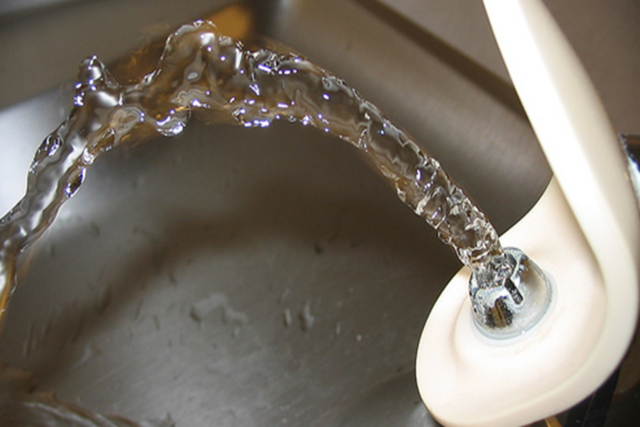Lead in Drinking Water: What We Know Now

Following the recent spotlight thrown on the issues in Flint, Michigan, many communities around the US are taking action to address potential lead contamination in their drinking water. While federal regulations that govern the treatment and supply of water through public systems have been in place for over 25 years, there has been little coordinated oversight for K-12 facilities until very recently.
In 2016, New Jersey and New York became the first states to mandate testing for lead in drinking water in public school buildings. The testing protocols mainly follow voluntary guidance published by the United Sates Environmental Protection Agency (US EPA) in 2006 – the 3Ts for Reducing Lead in Drinking Water in Schools. However, understanding the nuances between regulations and guidance is important to safeguarding public health and explaining to concerned parents what a school or district is doing to protect their children.
LaBella has been assisting school districts in Ithaca and Rochester, New York, to identify the potential sources of contamination in their buildings and develop remediation plans according to the best available science.
Some key facts and lessons we have learned include:
- The US EPA and Centers for Disease Control and Prevention (CDC) indicate there is no safe level of lead to consume.
- Lead poisoning affects young children (under age 6), pregnant, and nursing mothers the most.
- Lead poisoning is a chronic issue – lead can be stored for up to 10 years in our bodies – so even after the contamination source is removed, it can still affect our health.
- There are many sources of lead poisoning, including paint and dust. As some sources are removed, others – such as water — become more important.
- The highest risk of lead contamination in water comes from lead service lines, which run from a water main to a house.
- School buildings generally don’t have lead service lines because they require more water than a lead service line was typically sized to provide. Therefore, potential contamination likely comes from somewhere else.
- Our research shows the majority of issues in schools are with brass fixtures such as faucets and drinking fountains. Until 2014, these fixtures could contain up to eight percent lead by weight; now the standard is less than 0.25%.
- The current testing standard in New York requires action to be taken if the sample exceeds 15 parts per billion. Some districts have voluntarily implemented a more stringent action level, but it is important to note that a correlation scale between specific levels of lead in water and in blood has yet to be established; and, again, there is no safe level of lead to consume.
- Currently, the regulations require decisions to be made based on a single result. Note that the test on any given day can be affected by a number of factors, and that should be considered when designing a sampling plan.
- Care should be taken when comparing results from residential and school tests. The sampling procedures may be different and represent different purposes.
- The most common permanent remediation method is to replace or isolate the fixture. Note that long-term performance of various remedial actions is still under review, and more guidelines may be published in the future.